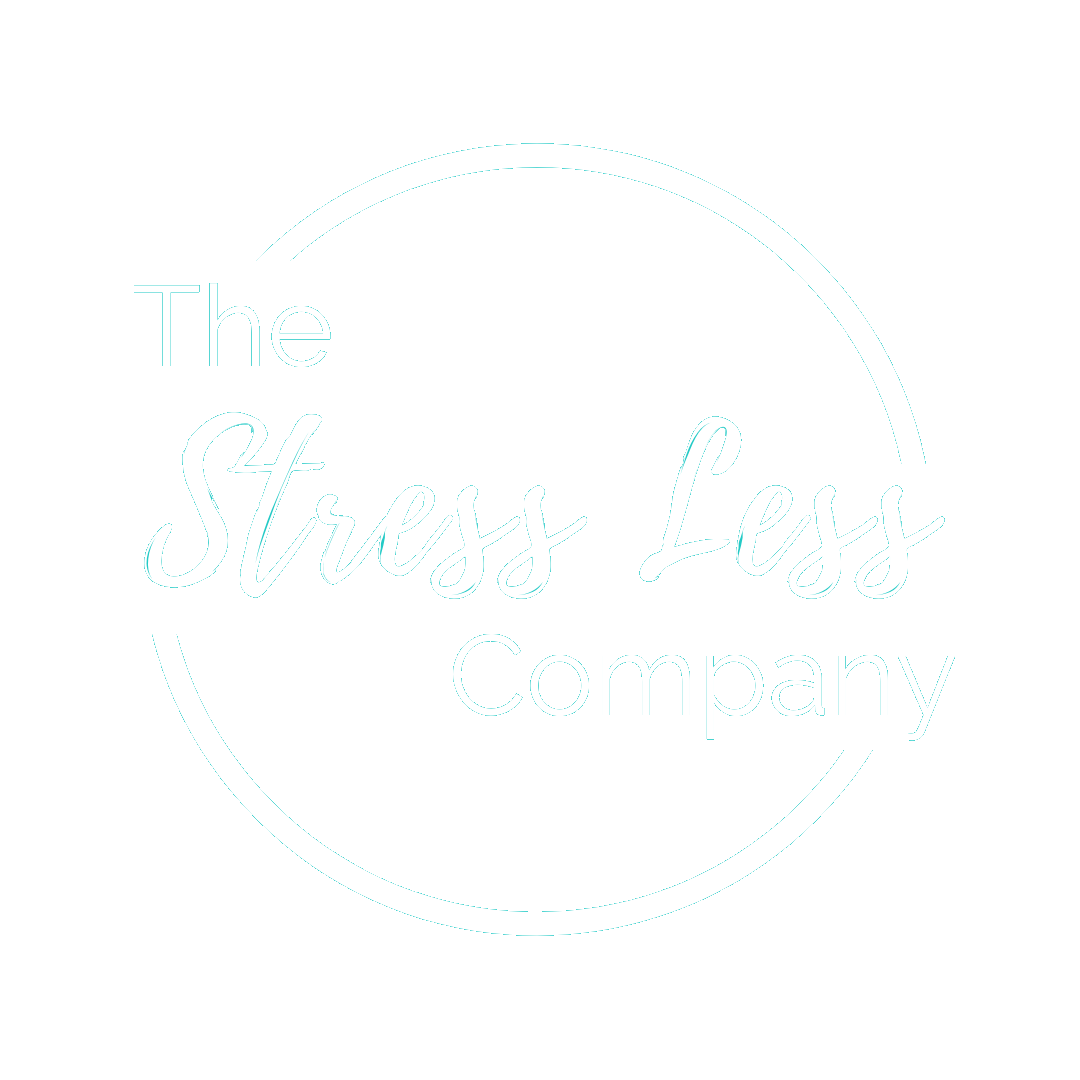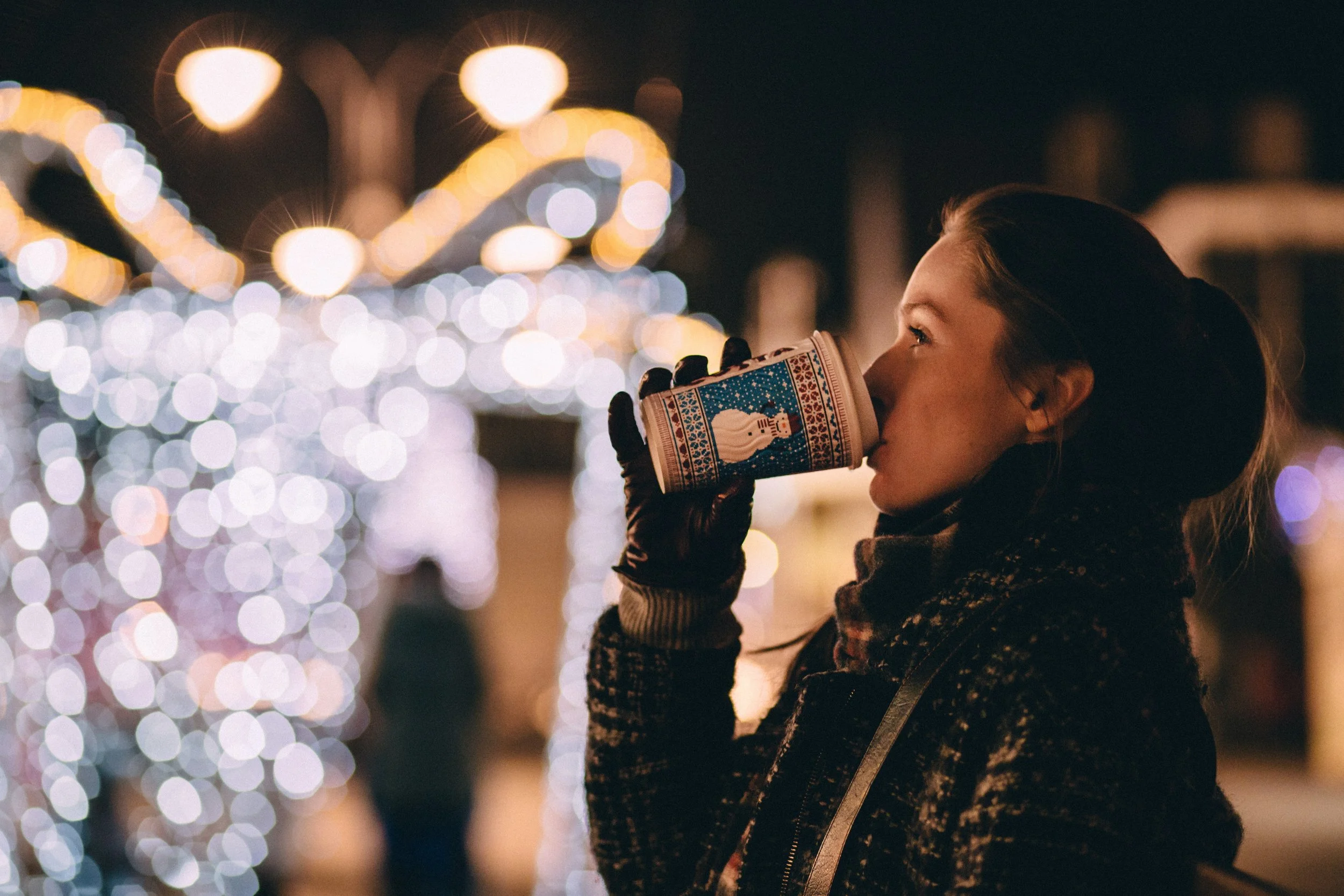If you’re like many Americans, you may find yourself feeling a bit more blue now that daylight savings time has gone into effect.
Here in Philadelphia during the winter solstice (the shortest day of the year), Philadelphians will get an entire 5 hours and 41 minutes less sunlight than during the summer solstice (the longest day of the year).
Compared to some areas of the US like Alaska that have no sunlight for 60+ days, Philadelphians and others around the country may be luckier than others, but with hours of less sunlight each day the impact can still be staggering. According to Psychology Today, the US alone reports more than 10 million cases of Seasonal Affective Disorder each year (if I did my math right, this is approximately 3 in 100 people).
What is Seasonal Affective Disorder?
According to the Oxford Language dictionary, Seasonal Affective Disorder, also known as SAD, is defined as depression associated with late autumn and winter and thought to be caused by a lack of light.
Psychology Today also shares that “Not everyone with SAD has the same symptoms, but, according to the DSM-5, symptoms commonly associated with [SAD] include the following:
Feelings of hopelessness and sadness
Thoughts of suicide
Hypersomnia or a tendency to oversleep
A change in appetite, especially a craving for sweet or starchy foods
Weight gain
A heavy feeling in the arms or legs
A drop in energy level
Decreased physical activity
Fatigue
Difficulty concentrating
Irritability
Increased sensitivity to social rejection
Avoiding social situations”
They also go on to share that “Symptoms of SAD tend to recur at about the same time every year.” and “To be diagnosed with SAD, the changes in mood should not be a direct result of obvious seasonal stressors (such as being regularly unemployed during the winter).”
If you’re not one of 10 million Americans who experience SAD, you may be one of many who experience the Winter Blues…
What are the Winter Blues?
According to the National Institutes of Health (a subsection of the U.S. Department of Health and Human Services), the winter blues is similar to SAD with symptoms like sadness and fatigue however is “more mild than serious and usually clears up on it’s own in a fairly short amount of time.” NIH goes on to explain that “The so-called winter blues are often linked to something specific, such as stressful holidays or reminders of absent loved ones.”
What can we do to alleviate SAD or the Winter Blues?
Typically the first “go-to” for treating SAD and the winter blues is vitamin D. Whether you make a point to get outdoors while the sun is out, take a vitamin D supplement (always consult your doctor first) or try out a light therapy lamp, you may find that just getting a little extra vitamin D can make all the difference.
According to NIH, “Studies have shown that light therapy relieves SAD symptoms for as much as 70% of patients after a few weeks of treatment. Some improvement can be detected even sooner.” Based on what the NIH shares on their site, it seems that in order for light therapy to be most effective you’ll want to sit in front of the lamp for at least 30 minutes each day until spring rolls around.
You might also try:
Doing activities you enjoy
Meeting up with friends
Bundling up and going for a walk or on another outdoor adventure
Eating nutrient dense foods
Avoiding unnecessary sugar and carbohydrates
Trying out an herbal remedy known to fight depression such as St. John’s-wort (always consult your doctor first), and/or…
Working with a trusted therapist or coach like myself to address self-defeating thought patterns (you can apply for a complimentary discovery call with me here).
I think it’s also worth sharing that if you have sadness that has been lingering more than several weeks, you should talk to a healthcare provider, and, if you have thoughts of suicide, get help right away. Call the toll-free National Suicide Prevention Lifeline at 1-800-273-TALK (8255).
Sending you love and LIGHT,


